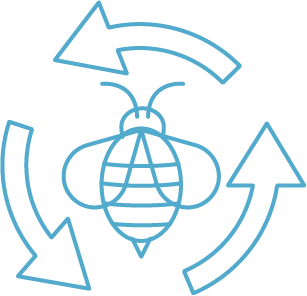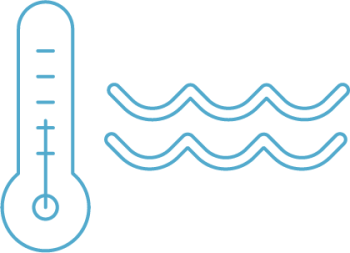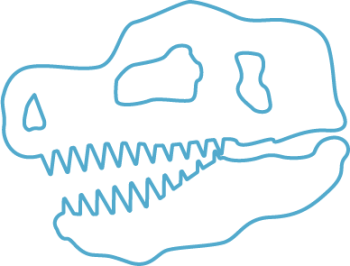Humans have always interacted with the other chordates we share the earth with. We hunt them and raise them for food. As pets they become part of our families. They are an important part of our spiritual connection to nature. But our interactions have become more intense, impacting almost every species. Mankind has left its footprint on every corner of the globe.
Here are quotes about why birds matter from the Audubon magazine.
Human activities such as agriculture, road construction, building, and oil and gas development destroy habitats. Habitat loss is the main threat to wildlife in the US. It is estimated that we have already lost over three billion birds. This article from The National Geographic offers hope.
Pollution from pesticides, wastes and chemicals create chaos in ecosystems. Here is an article from The National Wildlife Federation. Because tunicates accumulate pollutants from the water, they could be good bioindicators of pollution levels in the ocean. Plastic pollution has become ubiquitous in all ecosystems as well as in all animal bodies. Here is an article about plastic in the ocean.
Bioaccumulation of heavy metals is a threat to birds and mammals. Here is an article about mercury in albatrosses. Most aquatic ecosystems are contaminated with mercury.
Over exploitation for food, clothing, pets, and hunting and fishing is another threat to vertebrates. Here is another National Wildlife Federation article. A modeling study shows that through industrial fishing humans have reduced fish biomass so much that it has affected ocean chemistry and carbon cycling.
Humans have a long history of interacting with reptiles, using them for food and clothing. They also feature in creation stories and mythology.
Snake venom can sometimes be a useful source for medical purposes. One deadly snake’s venom may work as a super glue to stop bleeding.





















